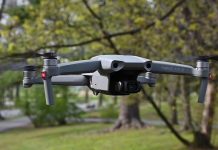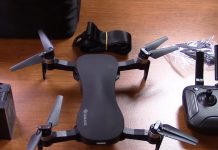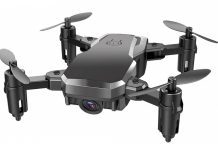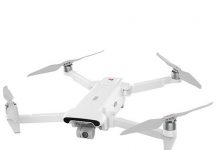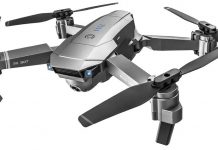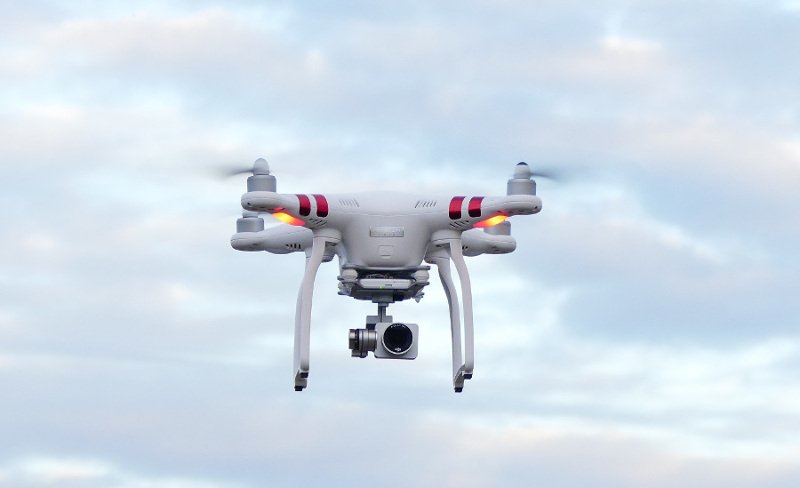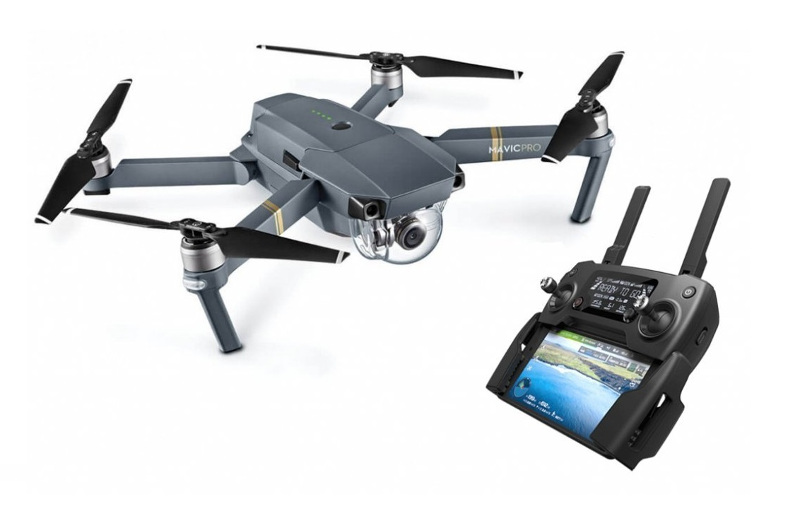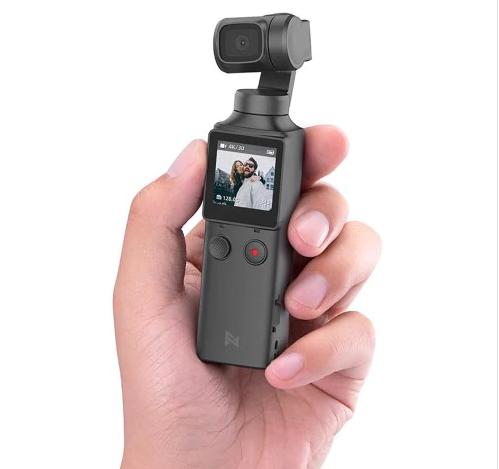
The new camera – handheld gimbal with 1080p or even 4K resolution and a 128° wide angle lens will be launched soon.
I was able to test the product from the manufacturer ahead of time and show you here what the product is good for in practice.
First of all, the light compact design makes a very high-quality impression, the 3-axis stabilizer is stable and helps in a remarkable way to take the pictures as wobble-free as possible.
In addition, the FIMI handheld comes with a wireless connection option. Via Bluetooth or WLAN a wireless data transfer with an app is possible.
The App is installed on the own Smartphone and enables besides control and transfer of the FIMI PALM also a simple preview and even editing of the film material.
Camera and image quality
With the help of the 128° wide angle lens, pictures with a larger field of view are created, which fits better to the angle of view of the human eye.
Due to the larger viewing angle, the camera can show much more on one image than conventional photo cameras (about only 80°) and becomes incredibly stable due to the gimbal camera stabilization.
This makes it possible to take pictures like with a tripod even when driving bumpy.
The FIMI Palm, as the name handheld suggests, is quite compact and light. The product weighs just 119 grams, about as much as a smartphone by the measurements:
- Length: 3,05 cm
- Width: 2,27cm
- Height: 12,70cm
The device looks very high quality processed and has a good haptic as well as sensible distributed keys with a pleasant pressure point.
The display measures 1.2 inches after all and thus takes up about a third of the space on the camera stick.
The camera is held by the three axis gimbal system on a mechanical gimbal ring and even with dynamic real time recordings, the results are much more stable than with optical or electronic image stabilization.
The camera itself, on the other hand, can record video either in 1080p at 120 frames per second 4K at 30FPS. 4k 60fps are unfortunately not possible with the Fimi Palm. Which is a disadvantage especially in very dynamic recording conditions. If you absolutely need this, you’ll have to resort to the DJI Osmo Action.
The handheld gimbal also has a 12 megapixel 1/2.3” CMOS sensor as a camera lens. The image quality, on the other hand, is impressive at a video bit rate of 100Mbps at 4K resolution and is on par with the competition in this respect.
Because of the small lens, shots in the dark are rather difficult and should be taken with caution.
The microphones have been placed somewhat awkwardly, one microphone is located on the right side, relatively in the middle and the other microphone is close to the control unit, so that when you hold the unit, it is easy to cover the microphones.
Annoying, but this mistake has been made by a number of other handhelds.
On the other hand, the FIMI Palm offers an external 3.5 mm jack port and can be used for jack microphones. This extends the possibilities of audio recording and you don’t need expensive adapters anymore. Like last time with DJI Osmo Action for almost twenty Euros or with Go Pro for more than seventy Euros. For me another argument for the new FIMI Palm.
The recording modes of the gimbal system
Also in the different photo modes the FIMI Palm does not have to hide. Besides the “normal” mode there are the four gimbal modes:
- FPV mode, for very dynamic and fast recordings
- The follow mode, which uses the Active Track function of the camera and is basically nothing else than a face recognition.
- The Pitch Lock mode, intended for horizontal shots, in this mode only the vertical movement of the camera is completely prevented, great for panning shots through space for example.
- Full Lock Mode, like Pitch Lock but just “Full” and therefore the perspective does not change by adjusting the camera tilt or similar.
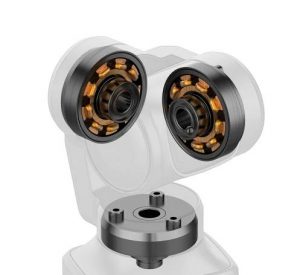
There are also a variety of effects and transitions in story mode. In Story Mode, effects can be added either manually or automatically, e.g. for the transition or a fisheye effect.
In practice I tried the Active Track mode and the FPV mode, both worked very well. However, there is potential for improvement with the Active Track mode. The Active Track function of the camera often loses sight of the target when moving fast. That was a pity. Apart from that I am personally surprised by the finished filters and effects from the Story Mode.
The finished filters look surprisingly good and the effects are also very impressive. Don’t expect too much, but for the beginner and his friends it’s a quite useful gadget to convert the photo data directly and fully automatically into moments.

Battery and interfaces
The capacity of the battery is rather average and is 1000mAh. This is enough for about four hours of material in 1080p or two hours in 4K. The battery life is thus in the upper midfield due to the FIMI Palm’s power saving functions.
The operation is done by a 5 way joystick, which is located directly under the display. To the right of the joystick is only the power button.
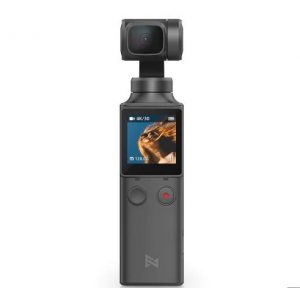
The FIMI Palm can be charged via USB-C and it has a simple Micro SD card slot for data storage. However, an SD card is not included.
Besides USB C and Mirco SD the FIMI Palm offers the possibility to be paired with a mobile phone. This works via an app from FIMI. The connection between handheld and smartphone is established either via Bluetooth or WiFi.
Conclusion
Without the comparison with the DJI Osmo it is not possible. The FIMI Palm offers at about half price features, which are not to be thought of with the DJI Osmo. The only drawback of the FIMI Palm is that “only” 4K with 30FPS are possible and not to forget that GoPro and DJI Osmo Action are waterproof. The FIMI Palm on the other hand is not, so it’s nothing for divers and water rats among you
Especially fast, dynamic recordings suffer from this. Apart from that the FIMI Palm is a strong competitor to the DJI Osmo and for some people a cheap alternative.
The test video will follow as soon as I find time to cut it 🙂





